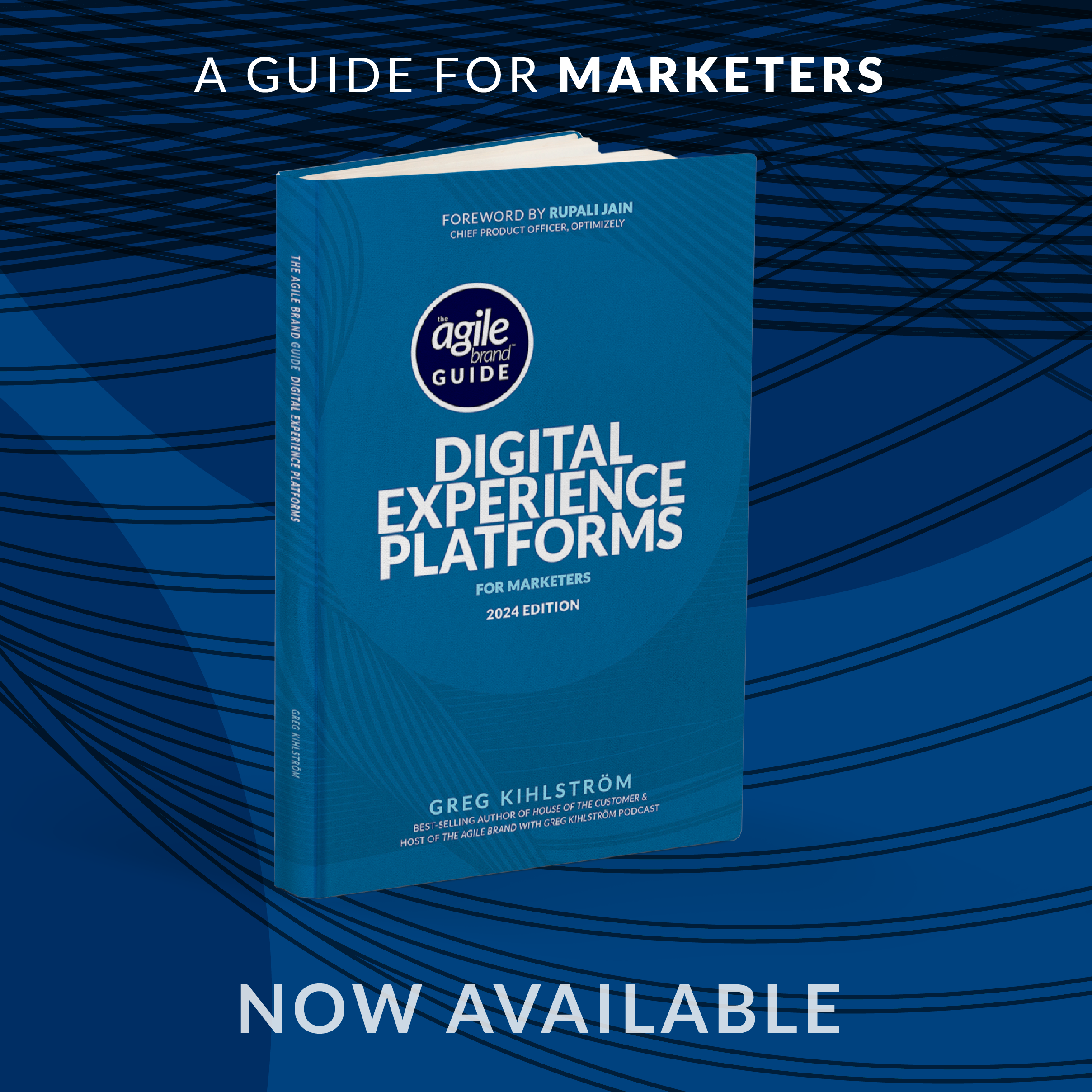This article was based on the interview with Jay Pattisall, VP and Principal Analyst at Forrester by Greg Kihlström, AI and MarTech keynote speaker for The Agile Brand with Greg Kihlström podcast. Listen to the original episode here:
The transformative potential of artificial intelligence (AI) in marketing is no longer a futuristic fantasy; it’s rapidly becoming a tangible reality. But while many organizations focus on AI’s cost-saving potential, true value lies in its ability to amplify the human element, creating a network effect that elevates both employee and customer experiences. This isn’t about replacing humans with machines. It’s about empowering teams to work smarter, faster, and with greater impact. In this article, we’ll explore how marketing leaders can leverage AI’s network effect to achieve not just one or two, but all three desirable outcomes: cheaper, faster, and better results. We’ll delve into the insights shared by Jay Pattisall, a leading voice in the B2C MarTech space, to understand the practical implications of this powerful concept.
Pattisall’s perspective is particularly valuable because of his unique vantage point. He bridges the gap between brands, agencies, and technology providers, providing a holistic view of the marketing ecosystem. This allows him to see the bigger picture, identifying trends and opportunities that might be missed by those solely focused on one piece of the puzzle. His insights are not just theoretical; they’re grounded in the real-world challenges and successes of organizations across the marketing landscape. This is particularly important in a field as dynamic as MarTech, where the theoretical and practical often clash.
Beyond Cost-Cutting: A Triad of Value
The common narrative around AI often centers on cost reduction. While efficiency is undoubtedly a benefit, Pattisall argues that it’s just the first step in a journey towards greater value. “We see that the productivity jumps significantly with the amount of time that’s saved. And in that time that is saved, you can do more.” This “more” encompasses both speed and quality. AI empowers teams to not only work faster but also produce more relevant and impactful work, leading to improved customer experiences and ultimately, better business outcomes. He goes on to highlight the triad of value AI offers: “saving some through efficiency, improving overall speed and volume of work, and then producing better, more relevant work”.
The Power of the AI-Enabled Network
One of the key ways AI achieves this triad of value is by fostering a network effect. It breaks down traditional organizational silos, connecting teams and individuals in new and powerful ways. “It’s definitely about removing some of the silos,” says Pattisall, “but it’s also about accessing ideas and accessing expertise that you wouldn’t normally have at your disposal.” Imagine an email marketing team collaborating seamlessly with social media specialists, sharing insights and strategies in real-time, all facilitated by an AI-powered platform. This cross-pollination of ideas leads to more innovative campaigns and a more unified brand experience for the customer.
Measuring Maturity and Growth
For marketing leaders, understanding where their organization stands on the AI maturity curve is crucial. Pattisall suggests a simple yet effective framework: “If you look at efficiency, productivity, and performance, not only as the types of value, but as almost like a maturity curve…leaders [can] look at the use cases that you’re using AI for and what is that delivering?” Are you primarily using AI for basic automation tasks? Or are you leveraging it for more sophisticated applications like personalized content creation and targeted advertising? The answer reveals your current position and guides your next steps. He suggests analyzing existing use cases and assessing the value they deliver against the triad of efficiency, productivity, and performance. This allows for a pragmatic assessment of current maturity.
He also points out that “as the consumer experience changes as a result of AI…the metrics are going to have to start to change.” While traditional KPIs like click-through rates remain relevant for now, new metrics will emerge as AI continues to reshape the customer journey. This reinforces the need for continuous learning and adaptation. Leaders should embrace a mindset of experimentation and be prepared to evolve their measurement strategies as the landscape shifts.
As AI becomes more deeply integrated into the fabric of marketing, its network effect will only amplify. The organizations that embrace this shift, empowering their teams and focusing on value creation beyond cost savings, will be the ones to reap the greatest rewards. This isn’t about chasing the latest shiny object in MarTech; it’s about strategically leveraging AI to build stronger connections, both within your organization and with your customers.
Moving beyond the hype and focusing on practical implementation is key. The “cheaper, faster, better” triad offers a tangible framework for assessing the value of AI initiatives. By focusing on how AI can amplify human efforts, rather than replace them, we can unlock the true potential of this transformative technology. The future of marketing is not about humans vs. machines, but humans with machines.








